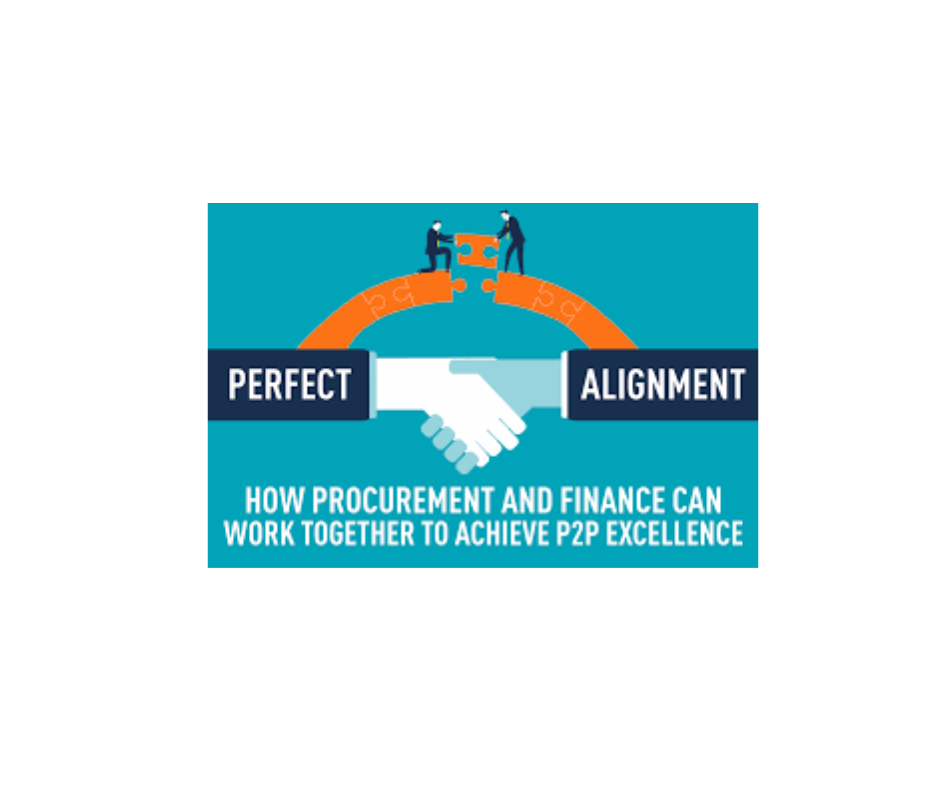
User Intent
Organizations often debate whether procurement should report to finance. While finance focuses on cost control and budgeting, procurement ensures strategic supplier relationships, quality, and efficiency. This article explains why procurement should remain independent and not be subordinate to finance.
Introduction
Procurement and finance are both critical business functions. However, a common mistake organizations make is placing procurement under finance. While they share overlapping goals, their core objectives and expertise differ significantly. This misalignment can hinder innovation, supplier relationships, and overall operational efficiency. This article explores why procurement should operate independently and not report to finance.
Definition
What is Procurement?
Procurement refers to the strategic acquisition of goods and services required for business operations. It involves supplier selection, contract negotiation, risk management, and cost optimization.
What is Finance?
Finance deals with managing an organization’s monetary resources. It includes budgeting, financial reporting, auditing, and ensuring fiscal responsibility.
While finance aims to control costs and maintain financial health, procurement focuses on value creation through supplier partnerships and operational efficiency.
Application
When procurement reports to finance, it may face various challenges, such as excessive cost-cutting measures, lack of supplier engagement, and reduced strategic sourcing opportunities. Let’s analyze how procurement functions best when it operates independently.
1. Strategic Sourcing vs. Cost Control
Procurement’s primary goal is to secure high-quality goods and services at the best value. However, finance prioritizes cost reduction. If procurement is under finance, decisions may focus solely on price, ignoring long-term supplier relationships, innovation, and quality.
2. Supplier Relationship Management
Procurement teams nurture supplier partnerships, ensuring consistent supply and mutual growth. Finance departments, on the other hand, may treat suppliers merely as cost centers rather than strategic partners, leading to strained relationships and suboptimal contracts.
3. Risk Management and Compliance
Procurement professionals assess risks related to supply chain disruptions, compliance regulations, and geopolitical factors. Finance, primarily dealing with financial risks, may overlook operational risks that procurement handles effectively.
4. Efficiency and Innovation
When procurement operates independently, it can collaborate across departments to drive innovation. If under finance, bureaucratic hurdles may slow decision-making, reducing efficiency and stifling innovation.
Benefits
1. Improved Supplier Relationships
Independence allows procurement to engage in long-term strategic partnerships rather than seeking short-term cost savings.
2. Better Risk Management
Procurement teams can proactively address supply chain risks without being restricted by finance’s narrow risk assessments.
3. Enhanced Decision-Making
Procurement professionals possess specialized expertise in evaluating supplier capabilities, quality standards, and sustainability factors, leading to better purchasing decisions.
4. Increased Efficiency
With autonomy, procurement can implement technology-driven solutions such as AI-based supplier analytics, streamlining processes without unnecessary financial constraints.
5. Focus on Total Cost of Ownership (TCO)
Instead of just minimizing upfront costs, procurement teams consider the total lifecycle costs, including maintenance, quality, and sustainability, ensuring better long-term value.
Limitations
1. Budgeting Challenges
Without finance oversight, procurement may face difficulties in budget alignment, leading to financial inefficiencies.
2. Lack of Financial Accountability
Autonomous procurement teams must ensure transparency to avoid excessive spending or financial mismanagement.
3. Need for Collaboration
A separate procurement function still needs close collaboration with finance to align financial goals with procurement strategies.
Comparative Table
| Aspect | Procurement’s Focus | Finance’s Focus |
|---|---|---|
| Primary Objective | Value creation and efficiency | Cost control and budgeting |
| Supplier Management | Relationship-driven | Transaction-driven |
| Risk Assessment | Supply chain risks | Financial risks |
| Decision-Making Approach | Long-term strategic | Short-term financial |
| Innovation & Efficiency | Encouraged | Restricted by financial policies |
Conclusion
While procurement and finance are interrelated, their goals and expertise differ significantly. Allowing procurement to function independently ensures strategic sourcing, strong supplier relationships, and operational efficiency. Collaboration between finance and procurement is essential, but procurement should not report directly to finance to avoid limiting its strategic potential.
FAQs
1. Can finance and procurement collaborate without reporting structure overlap?
Yes, procurement and finance can collaborate through integrated financial planning and shared objectives without a reporting hierarchy.
2. What industries benefit most from independent procurement?
Industries with complex supply chains, such as manufacturing, healthcare, and technology, benefit greatly from independent procurement functions.
3. How can procurement maintain accountability if not reporting to finance?
Procurement can ensure accountability through transparent policies, compliance audits, and alignment with corporate governance frameworks.
4. What is the best reporting structure for procurement?
Procurement should ideally report to the COO or a dedicated Chief Procurement Officer (CPO) to balance cost, quality, and efficiency effectively.
5. What are the risks of keeping procurement under finance?
Potential risks include supplier disengagement, reduced innovation, poor risk management, and a short-term cost-cutting approach that may lead to higher long-term expenses.

For further details access our website https://vibrantfinserv.com

